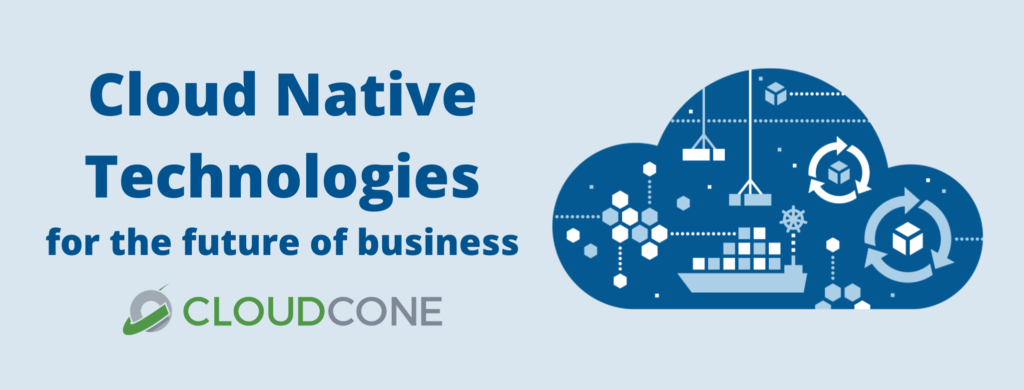
Data storage is a topic that is on our minds every day. In a time where digital data and files hold prominence in almost every aspect of life from work to entertainment, we constantly wonder how best to store, transfer and retrieve important data. While right now we’re able to accommodate all the data that we use and generate in widely used data storage mediums, in a few years, the situation would be very different.
It was once forecasted that in 2020 humans would generate a total of 418 zettabytes of data consisting of Google searches, YouTube videos, Instagram uploads etc. Come 2020 and the pandemic hit, causing most people to be stuck at home with the internet as the main means of getting things done. So in reality this forecasted number could only have gone up. And when the volume of data goes up our options on storing them become exhausted. And we’re left having to compromise.
Amidst all this fuss about data storage we found out another medium that is currently being experimented on to combat data storage concerns. And that is synthetic DNA.
Table of contents
#1 How do you store data with synthetic DNA?
#2 Advantages of using synthetic DNA for data storage
#3 What challenges does DNA data storage face?
#4 The future of data storage
#5 Curious to learn more? Check out these amazing related posts
How do you store data with synthetic DNA?
As soon as you hear that DNA is being used to store data your most immediate thought would be but how? DNA is not like a hard drive, or a CD or even a data center. Because these forms of data storage exist already and we use them so often, it’s not so difficult for us to conceive and comprehend the idea of storing data in them. But when it comes to something so abstract as DNA we wonder how it can be used as a normal data device.
Towards the end of last year, tech news website, The Verge created a time capsule for 2020 out of synthetic DNA. It consisted of a few year defining moments from the unforgettable year, for our future generations to observe and think about. But the most important part about this time capsule is how it was created, how the data was stored and how it is to be retrieved.

To make sure that this time capsule can actually survive through centuries The Verge rightfully selected synthetic DNA for its durability. After creating an archive of data to be put in the capsule, scientists at the university of Washington ran it through an encoder which was capable of converting binary code into genetic code. Once the genetic code has been obtained they contacted synthetic DNA manufacturing company, Twist Bioscience, to create custom DNA as per the given genetic code. They did this by printing the DNA sequences on silicon chips. During this process more than one copy of the data gets printed. Saying “more than one” is quite an understatement. Twist Bioscience was actually able to print millions of copies of the file that was sent to them. Finally they shipped the DNA sample back to the scientists at the university of Washington.
The next step of the process was to check that the DNA has been successfully printed. This has been done by feeding the sample into a sequencing machine which displayed the genetic code as A’s, G’s, C’s and T’s in a jumbled form. This was then rearranged in the proper order using special software and was converted back into binary code to retrieve the data in digital form.
Advantages of using synthetic DNA for data storage
There are two main reasons as to why DNA is being hailed as one of the best emerging mediums of storage: durability and energy efficiency.

When it comes to durability, data stored in a hard drive- external or internal- typically lasts around 3-5 years. CDs and DVDs can typically do a maximum of five years (although manufacturers do say that even as long as twenty five years could be expected). But even so, optical technology is highly vulnerable to damage; really, all it takes is a scratch. Storing data for the long term currently requires constant checking and backup. And for large organizations with large chunks of data, constant checking and backing up to small devices is out of the question. This is why data centers are being used. However in the long run with volumes upon volumes of data being created and existing methods of data storage simply won’t be enough to accommodate all of it. Not to mention that getting data centers to store growing volumes of data for you will make way for overwhelming levels of energy consumption.
So with durability and energy preservation in mind, the world of data storage is moving forward with synthetic DNA.
What challenges does DNA data storage face?
Because synthetic DNA data storage is still a fledgling concept, as with all fledgling concepts, there are challenges. High cost is one such inevitable challenge. With the current technology encoding and decoding data costs nearly $15,000 per megabyte (MB). Another challenge is that its time consuming. This can be seen in the case study above where The Verge went through multiple complicated steps (that lasted longer than 24 hours) to simply store and retrieve data; a process that, with regular data storage devices would only take a few minutes.
However, with substantial experimentation this technology can get much more efficient and streamlined, as technologies always do. What’s more, due to its durability and energy efficiency synthetic DNA also has the potential to draw in investments from large companies. And when that happens data storage in synthetic DNA can become a widely accessible data storage medium.
The future of data storage

Although this post mainly highlights DNA as an up and coming data storage medium there’s a bit more to it than that. Other technologies that have the potential to replace existing storage mediums include Helium drives and NVMe over Fabrics.
Helium drives are hard drives that have Helium filled in them instead of air. These are hailed as efficient storage devices in comparison to normal hard drives due to the thinness of helium in terms of density. Because of this thinness the energy needed to spin the platters when in use, goes down dramatically. Taking numbers into consideration the comparative efficiency is about 20% more than regular hard drives. Helium hard drives also generally require lower power consumption in data centers due to lower cooling requirements.
NVMe over Fabrics (Non Volatile express over Fabrics) involve transferring data from a storage to a host device over network fabrics. This technology offers low latency, high redundancy, and increased responsiveness due to its ability to interrupt all CPU cores at all times.
Both these options for the future of data storage are impressive as they’re within our reach. But for this post we wanted to look at something that’s completely innovative and novel like DNA.
Curious to learn more? Check out these amazing related posts:
Another data trend that everyone is crazy about is big data. DNA is still out of reach for big data manipulation so here’s how you can do it with cloud technologies. There is a range of benefits to using big data in your business and scalable cloud hosting is the ideal platform that can bring out the best of big data. Find out more on our blog post.
Speaking of interesting data related concepts, cloud nativity is yet another concept that we talked about on our blog. Business are increasingly switching to cloud native solutions and adopting this culture to strategize and expand their businesses. Find out what it takes to make the cloud native transition on our latest blog post.
When deploying cloud native technologies for your business you just might need a few web applications. Our one click apps have got you covered from deploying containers to configuring privacy with applications like Docker etc. Read our blog post to find out all about them.
That ends today’s post. Reach out to us if you have any concerns, suggestions, or general feedback.







About The Author: Anu
Content Strategist at CloudCone LLC.
More posts by Anu